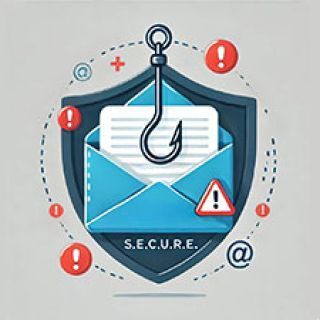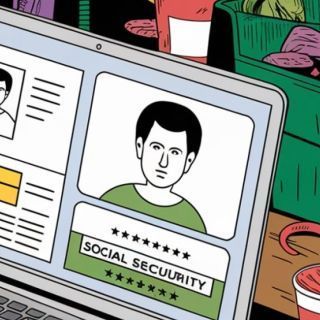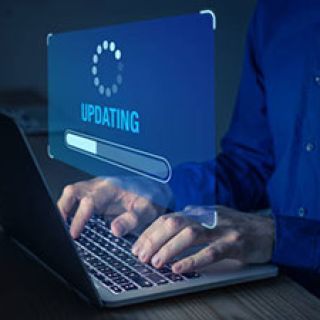Steve Wozniak was asked in an interview what he would have done differently if he had been Apple's CEO instead of Jobs. He said he would have been "a lot nicer to people," but then quickly added that IF he had been CEO, they might never have released the Macintosh.
Jobs was known for being ruthless and controlling, rude and ill-tempered, driven by a desire for perfection and pushing people to bring products out before they were ready, creating enormous strain within the organization. The OG "mean girl." Many people couldn't tolerate working for him, and I'm sure he missed out on a lot of talent for this reason. But in spite of that - or more possibly because of that - he was able to build one of the world's most iconic brands and successful companies.
I'm not sure that level of "disagreeableness" is necessary for us mere mortals running small businesses vs. the enterprise builders like Jobs, but I do know this: FAR too many business owners tolerate FAR too much from too many people: employees, vendors, clients or
otherwise!
One of the reasons so many people loved the character Tony in The Sopranos was because, deep down, they secretly wished they had his backbone and confidence, not taking anything from anyone AND bold enough to do something more than simply holding a grudge against someone who wrongs them.
I'm not suggesting his level of corruption, anger or response is good or healthy. That's not my point. What I'm saying is that many people would do far better in life if they were unafraid to stand up for themselves, not allowing themselves to be affected by critics and instead becoming a more imposing, respected alpha leader, unafraid of speaking their mind and standing their ground.
This translates directly to the security of your business. If you cower and fear taking a stand for yourself, failing to draw a HARD LINE to protect yourself and your organization, you WILL be taken advantage of. It's really that simple. There are a lot of people out there with their own agendas who aren't going to give a rip about you. Many want to take you out, harm you and damage you for their own personal gain, particularly cybercriminals, whose job it is to capitalize on YOUR hard work. To steal YOUR profits. To sneak into your network and steal YOUR data, putting on the line your livelihood and everything you've spent years of blood, sweat and tears building.
As a business leader, you must assume a Tony Soprano-level toughness about this. ZERO tolerance for it: be awake and alert, look for such enemies at the gate and get rid of them before the damage they do is irreversible. Further, you need to protect yourself by putting the necessary protections in place to prevent those who mean you harm from getting into your network in the first place. The cold, hard truth is that, at the end of the day, as a leader in your organization, if you're the victim of a cybercrime, YOU will be the one they blame. Your tail is on the line, and reporters won't be timid about blasting that headline all over the news.
Business isn't all about being tough on others - it's also about innovation and driving your company forward, using the best strategies and best practices of those who lead the way, including protecting what you've built. It can all be taken away with one wrong mouse click if you don't have the foresight to get ahead of the problem.
To stay ahead of the cybercriminals and make sure you're protected book a 10-Minute Discovery Call with our team of experts to get a free IT Risk Assessment. We'll perform analysis of your network to identify any vulnerabilities and provide you with a plan of action to fix them. This assessment will give you the peace of mind to do what you do best and focus on growing your business.
Click here to book your call now or give us a call at (207) 300-2300.
Justin Donnaruma
July 3, 2024




